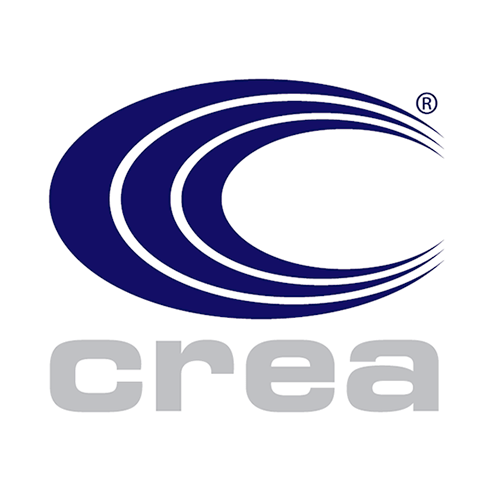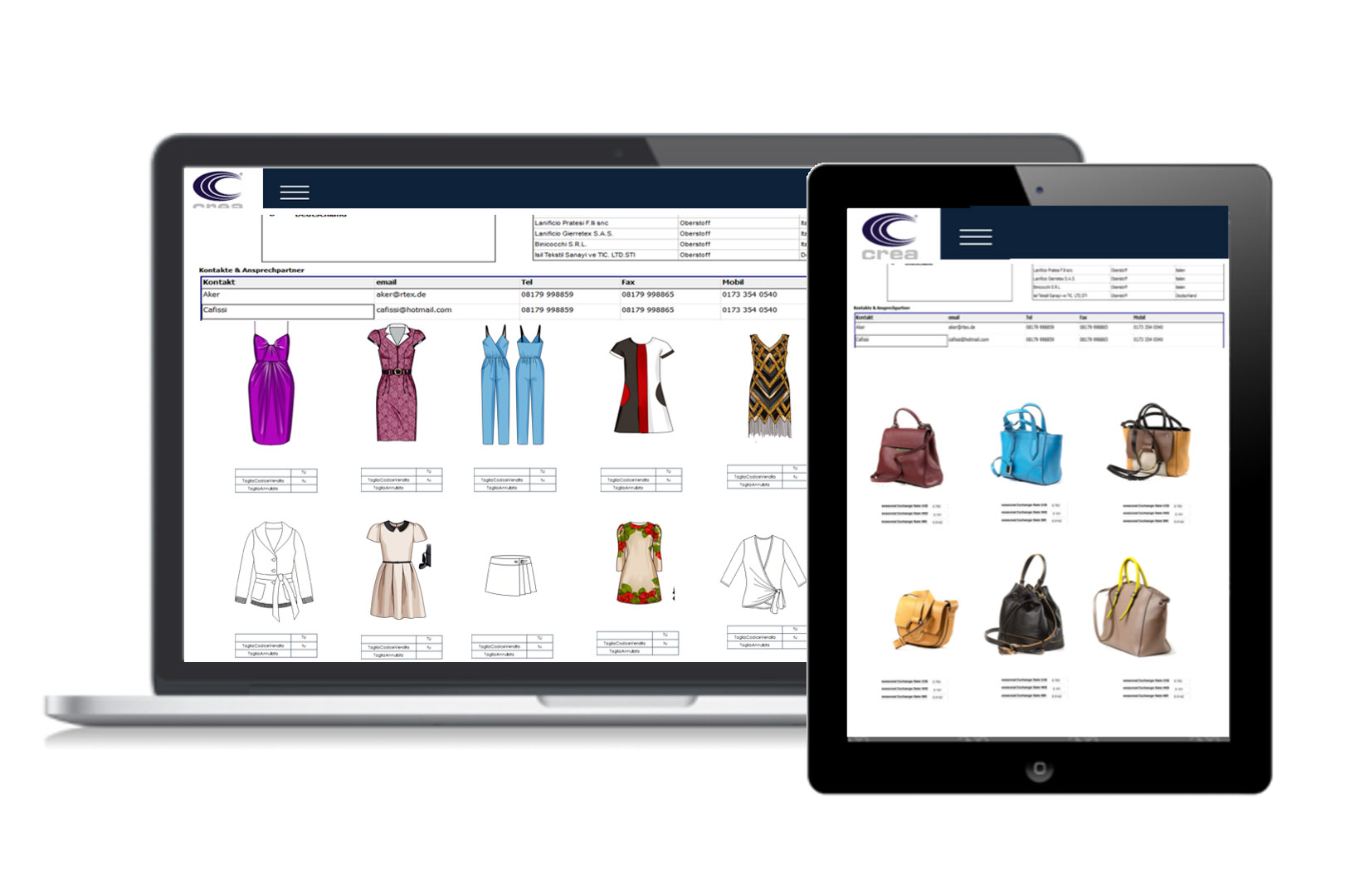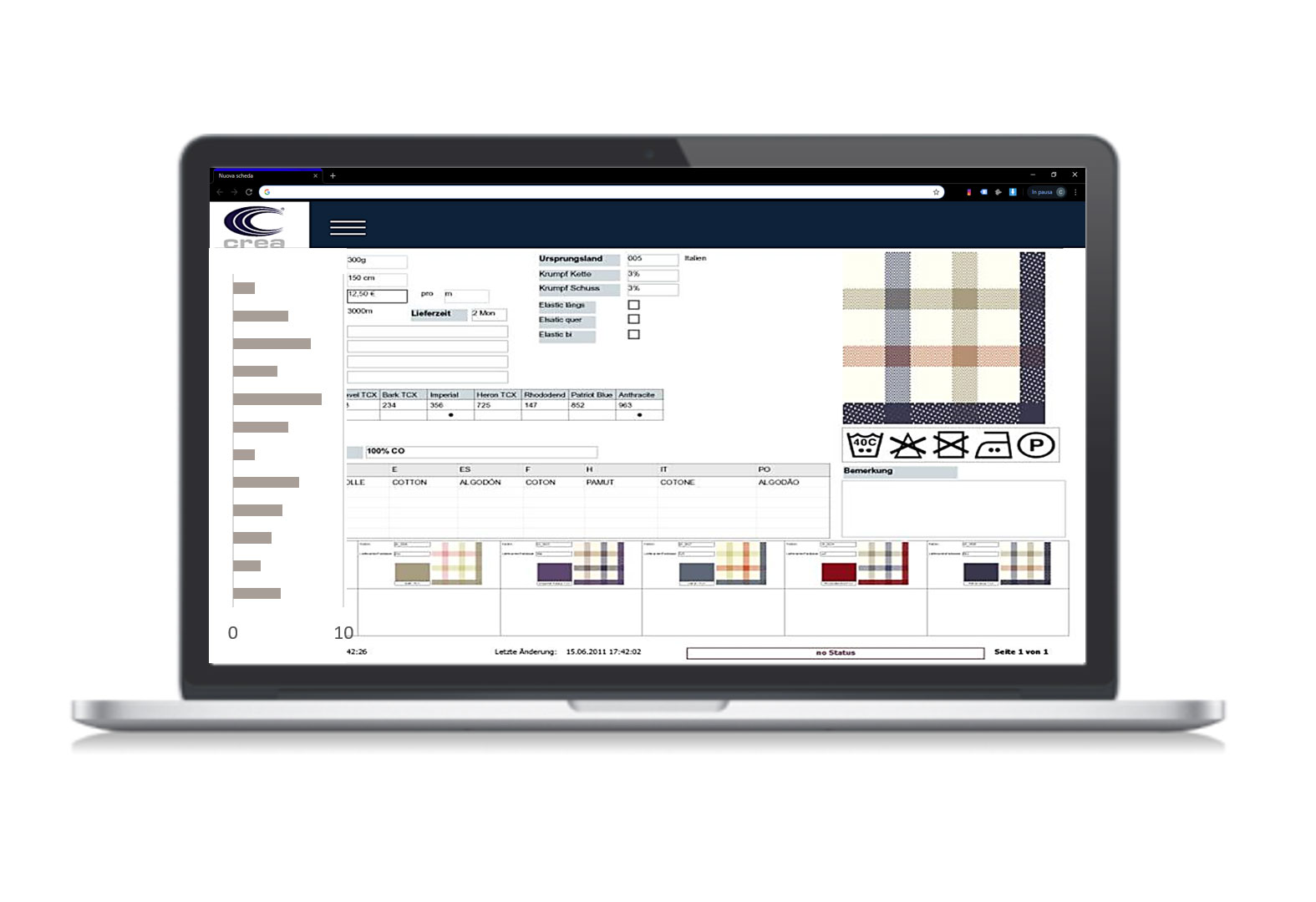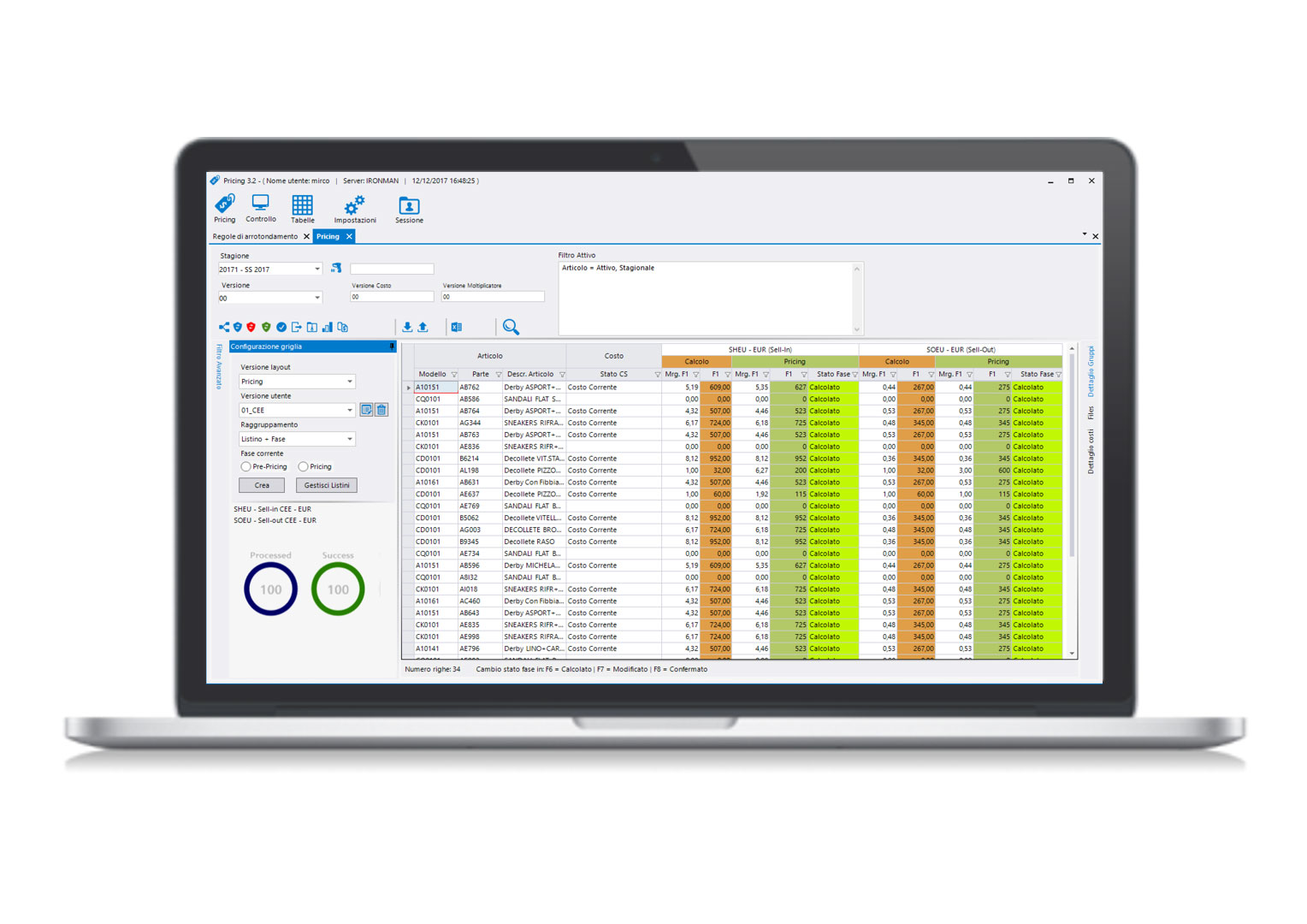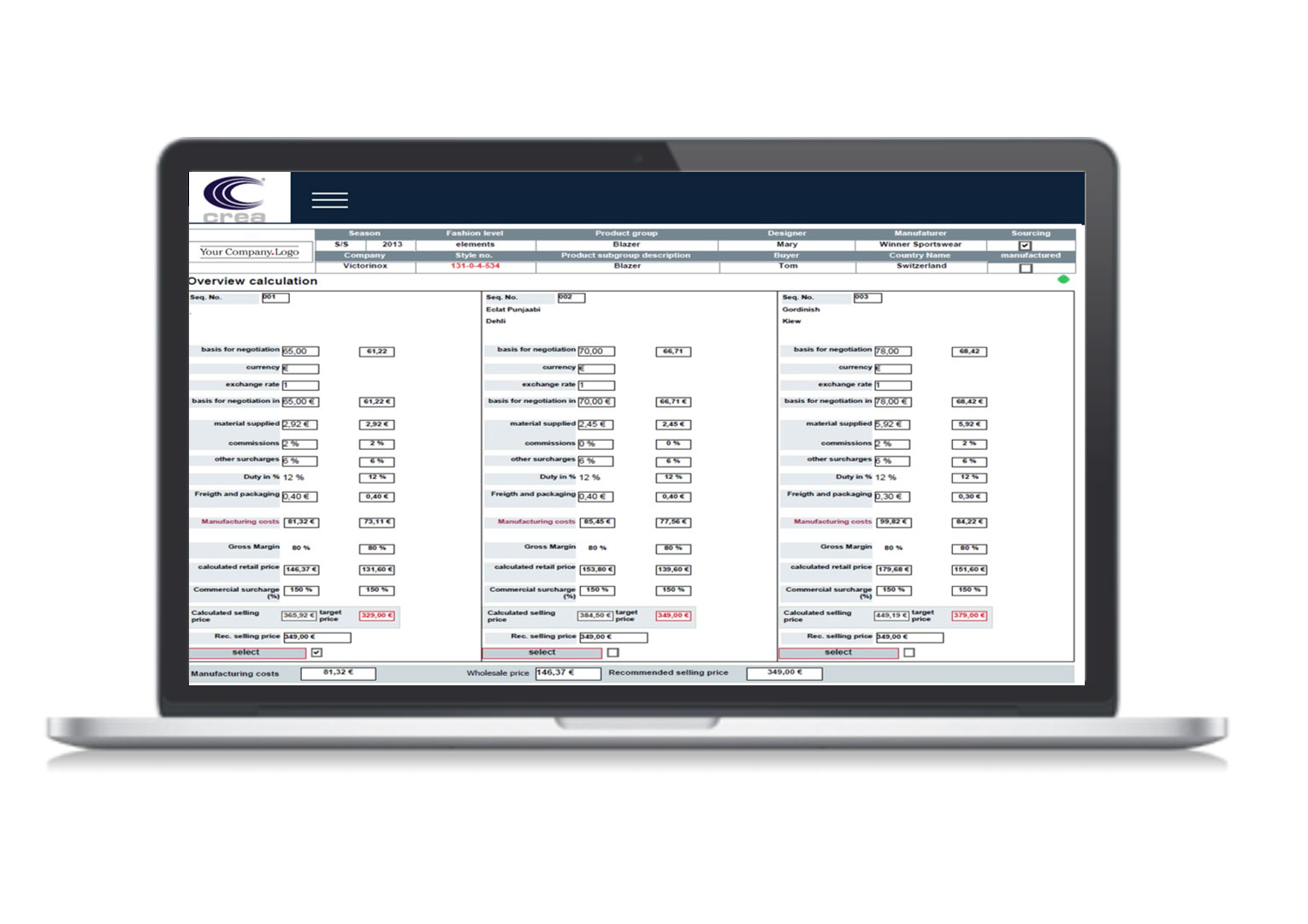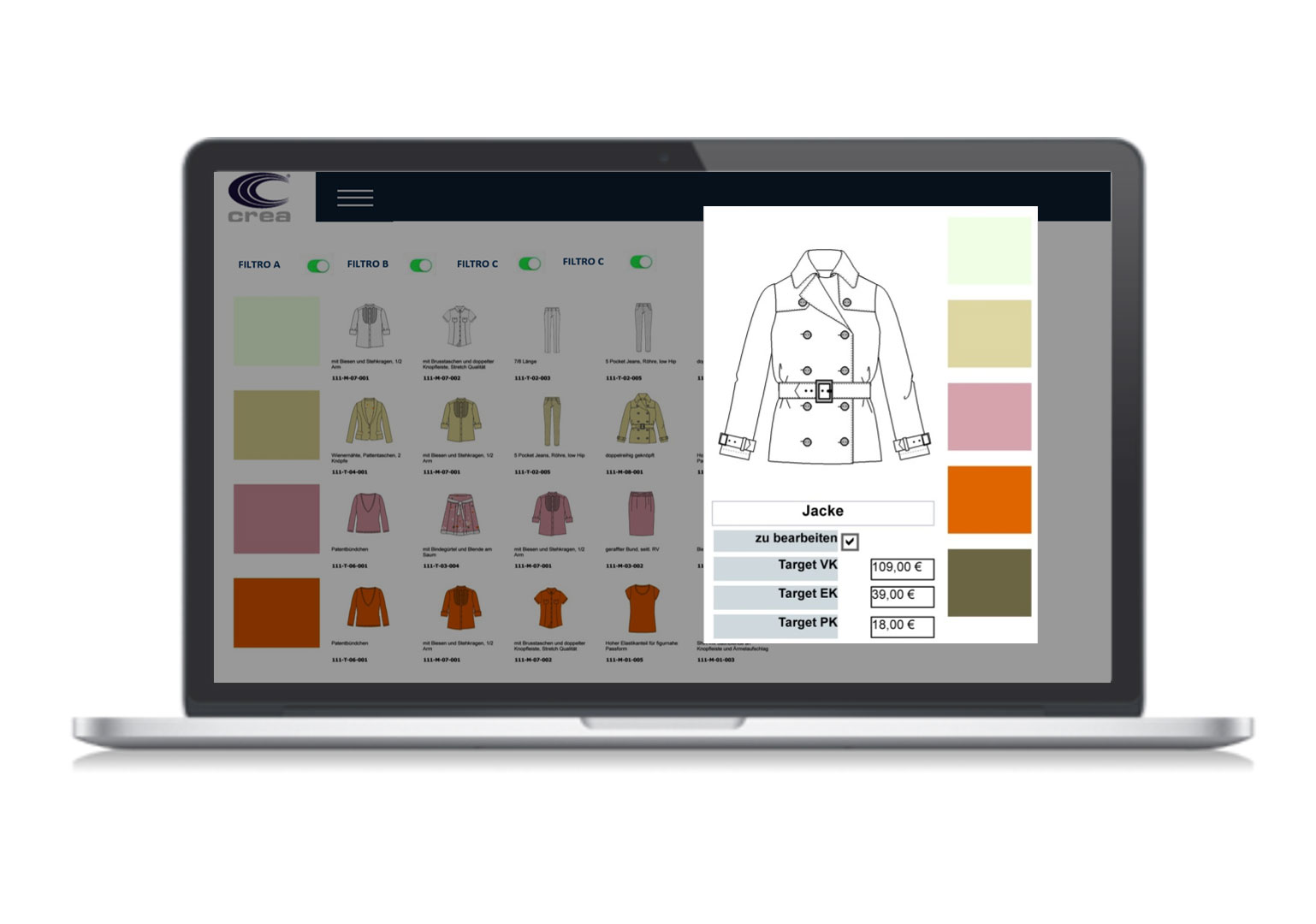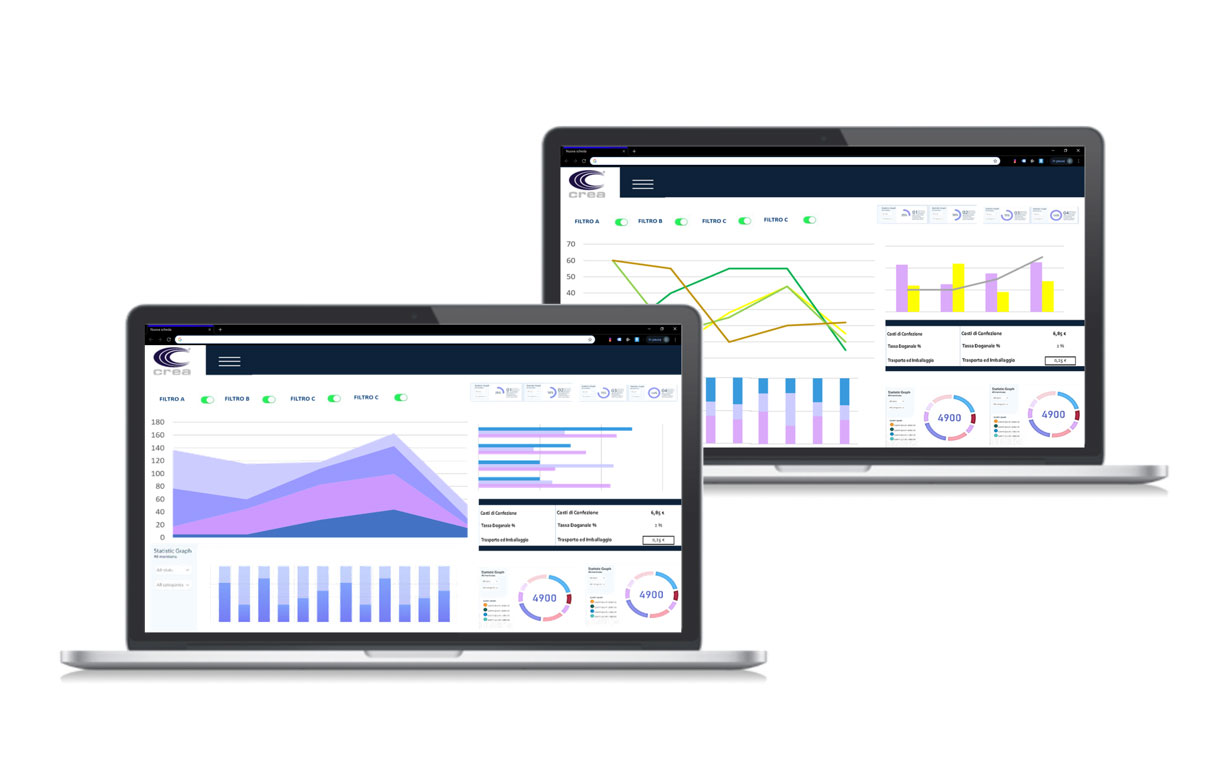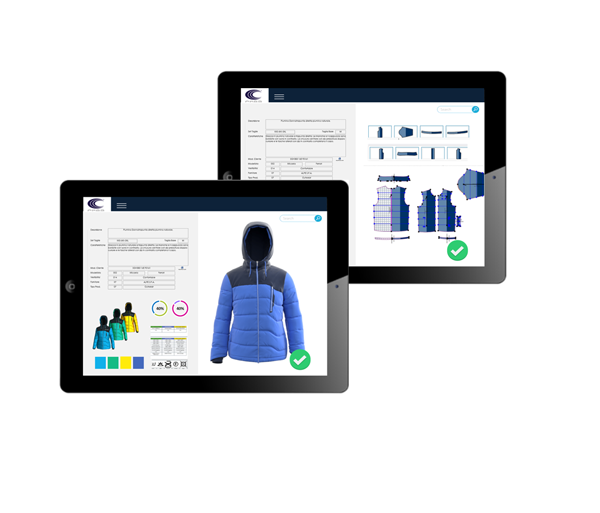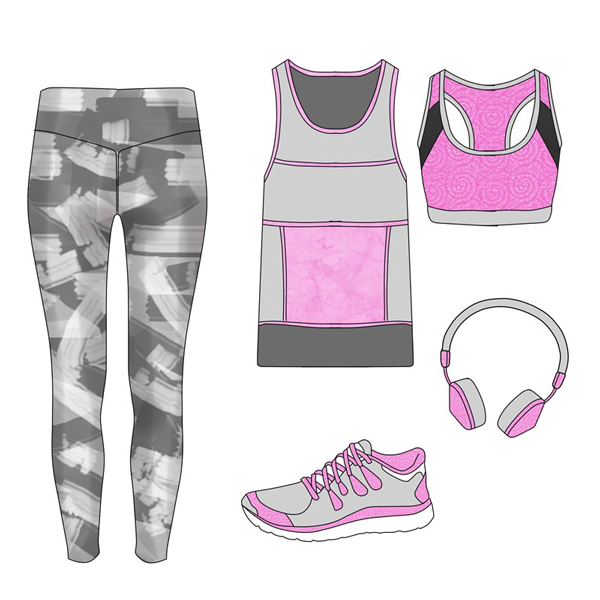Do You Want to Cut Model Creation Time in Half? You Can with Fashion Technologies
In the apparel industry, fashion technologies are transforming the way pattern makers and companies work. Thanks to advanced software and digital tools, it’s now possible to import patterns from various CAD systems, automatically grade sizes and markers, minimize fabric waste, and speed up the entire production cycle.
Direct Importers: Work with Patterns from Other CADs
One of the main advantages offered by modern fashion technologies is the ability to easily collaborate with different CAD systems. Using direct importers, you can open and edit files from other software environments without having to manually rebuild them.
This means that even if a pattern was created with another CAD, it can be read, modified, and adapted in your own system with just a few clicks. It’s an essential feature for companies working with outsourcing partners or receiving patterns from external suppliers.
Automatic Marker Making: Less Waste, More Efficiency
One of the most useful fashion technologies for saving time and fabric is automatic marker making. This tool enables the software to calculate the optimal layout of pieces on the cutting table, minimizing leftover scraps.
Top CAD systems offer advanced algorithms that generate hundreds of marker variations in just minutes, evaluating each based on cost and production efficiency. The result? More precise cuts, reduced waste, and increased sustainability.
Automatic Size Grading: One Base, Endless Sizes
Another key feature in modern fashion technologies is automatic size grading. Starting from a base pattern, the software can generate all required sizes by applying pre-set grading rules.
This function is especially useful for brands producing in multiple sizes or serving international markets. Automating this process helps save time and reduce errors during the production phase.

Macrofunctions: Automating Repetitive Tasks
Macrofunctions are powerful tools that let you perform complex operations with a single click. In the context of fashion technologies, macros can be used to apply seam allowances, notches, labels, or marker rules in a standardized way across multiple patterns.
This type of automation is ideal for ensuring consistency and speed in pattern making, significantly reducing the need for manual intervention.
Pattern Digitization: From Scanner to 3D CAD
Another major innovation in fashion technologies is pattern digitization. With dedicated scanners, physical paper patterns can be converted into digital files, ready to be edited and stored in a CAD system.
Integration with 3D CAD software also makes it possible to visualize the garment on a 3D avatar, instantly checking fit, proportions, and necessary adjustments. This process reduces the need for physical prototypes, saving fabric, time, and money.
Reducing Waste with Fashion Technologies
One of the main goals of fashion technologies is waste reduction. Automating marker making, digital grading, and avoiding unnecessary sampling with 3D modeling all contribute to a more sustainable and mindful production process.
Today’s market demands greater environmental responsibility from fashion companies. Using advanced tools like scanners, CAD systems, importers, and macrofunctions is a strategic choice for competing globally.
Fashion technologies are reshaping every step of the production process—from pattern making to prototyping to cutting. Integrating tools like CAD importers, automatic marker making and grading, macrofunctions, and 3D digitization is a vital move toward a more efficient, sustainable, and digital future.



